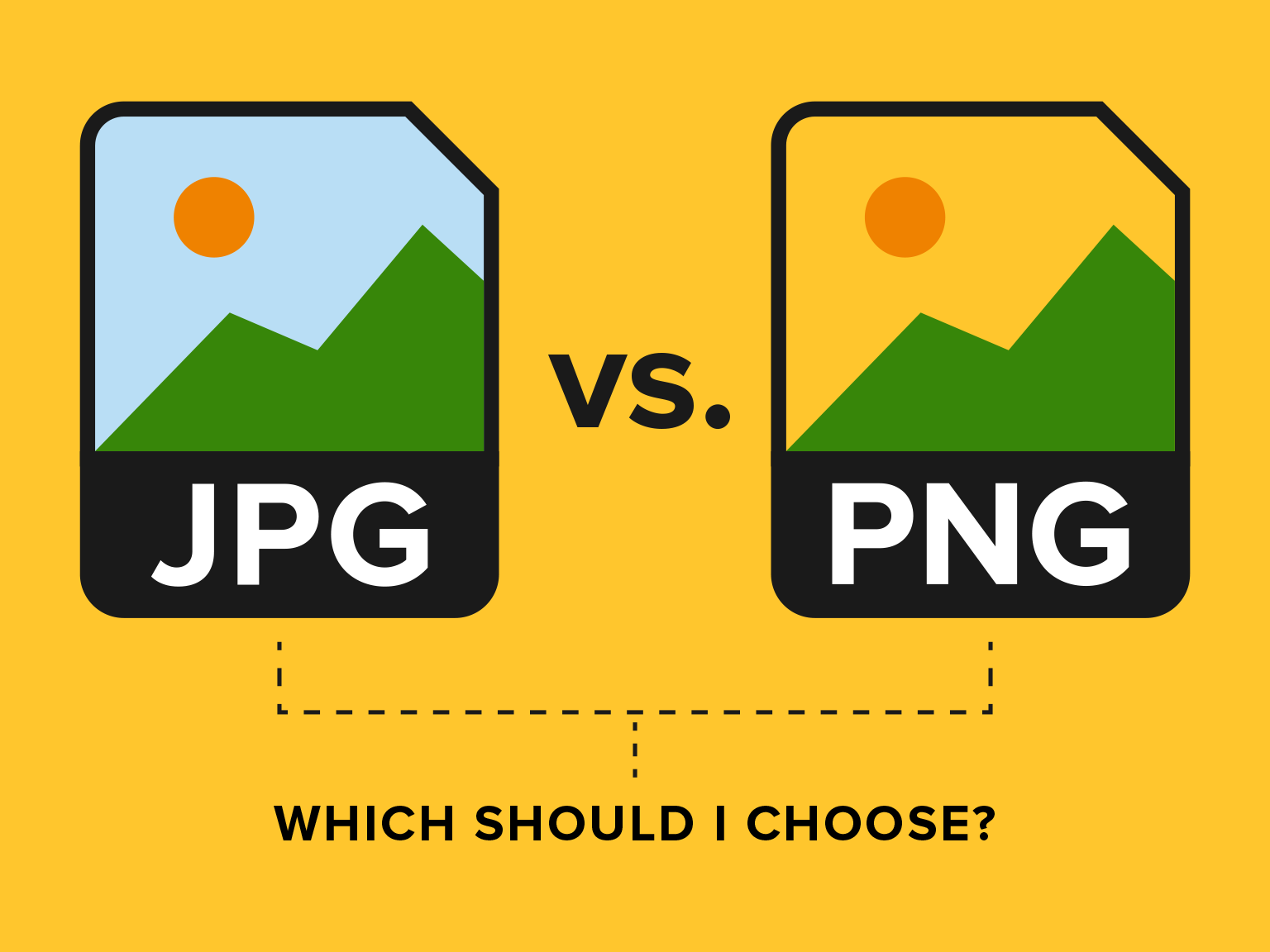JPG (or JPEG), PNG, and GIF are common file formats used for images on the web and in digital photography. Each format has its own characteristics, uses, and considerations regarding image quality:
- JPG (JPEG): JPEG (Joint Photographic Experts Group) is a widely used format for photographs and complex images. It uses lossy compression, meaning it reduces file size by discarding some image data. This compression can result in a loss of quality, especially if the image is heavily compressed or repeatedly saved. However, JPEG allows for adjustable compression levels, balancing file size and image quality. It supports millions of colors and is suitable for photographs with complex color gradients.
- PNG (Portable Network Graphics): PNG is a lossless format that supports transparency, making it ideal for images with sharp edges, text, or graphics with a transparent background. It uses a compression algorithm that preserves all the original image data, resulting in larger file sizes compared to JPEG. PNG is commonly used for logos, icons, and images that require a transparent background or need to be edited without losing quality.
- GIF (Graphics Interchange Format): GIF is primarily used for simple, animated images. It uses a lossless compression algorithm, but with a limited color palette (up to 256 colors). GIFs are often used for short animations, simple illustrations, and graphics with solid colors. Due to the limited color range, GIFs may not be suitable for complex images or photographs with a wide range of colors.
Regarding image quality, it’s important to note that the “best” quality depends on the specific use case and the nature of the image. Here are some factors to consider:
- For high-quality photographs with rich color gradients, JPEG is commonly used. Adjusting the compression level to balance file size and quality is crucial.
- For images that require transparency or need to be edited without losing quality, PNG is a suitable choice. However, PNG files tend to have larger file sizes.
- GIFs are ideal for simple animations or graphics with a limited color palette, but they are not suitable for high-quality photographs due to their color limitations.
In summary, the best image format in terms of quality depends on the specific requirements of the image and its intended use. JPEG is commonly used for photographs, PNG for images with transparency, and GIF for simple animations or graphics. It’s essential to understand the strengths and limitations of each format and choose accordingly to achieve the desired balance between image quality and file size.
